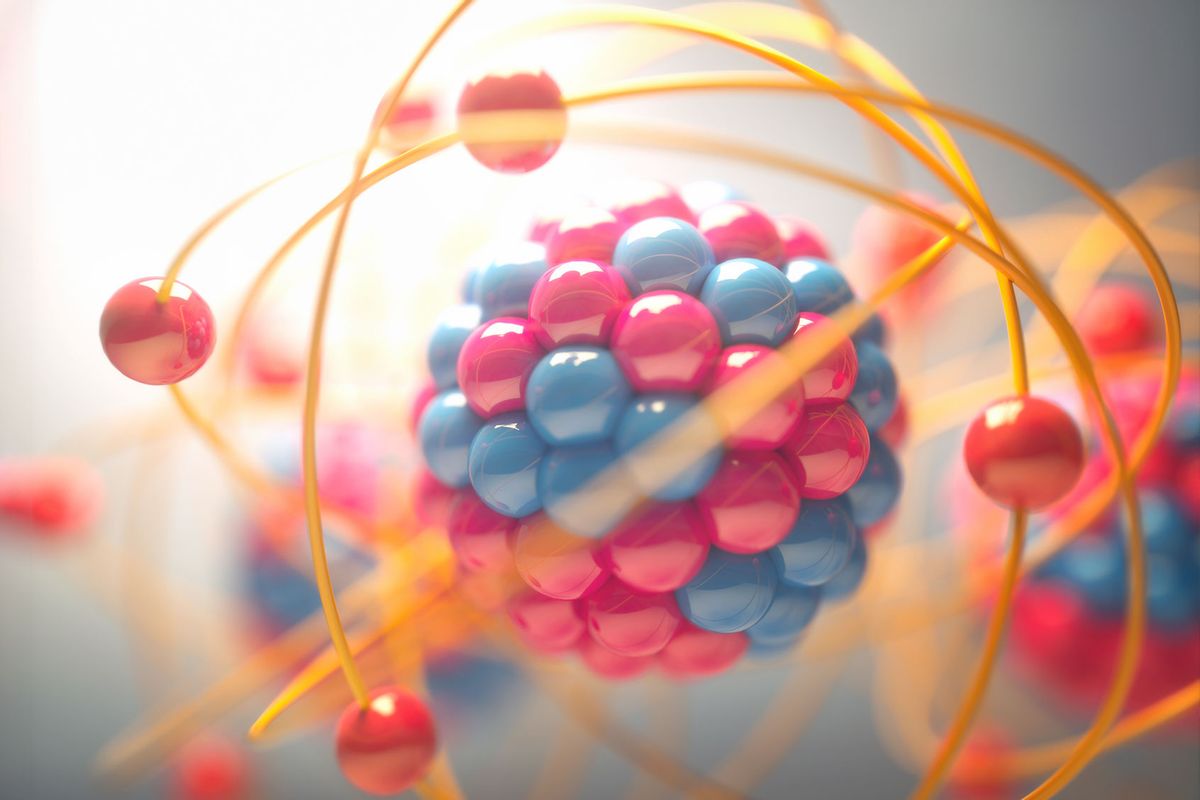
Starting in May 2022, national and international teams of scientists converged at Michigan State University and began running scientific experiments at FRIB with the goal of creating, isolating and studying new isotopes.
By accelerating heavy ions — electrically charged atoms of elements — FRIB will allow scientists like us to create and study thousands of never-before-seen isotopes.By accelerating heavy ions — electrically charged atoms of elements — FRIB will allow scientists like us to create and study thousands of never-before-seen isotopes.
The first experiments at FRIB were completed over the summer of 2022.Even though the facility is currently running at only a fraction of its full power, multiple scientific collaborations working at FRIB have already produced and detected about 100 rare isotopes.
To the naked eye, two isotopes of any element look and behave the same way — all isotopes of the element mercury would look just like the liquid metal used in old thermometers.Other isotopes of the very same element can be radioactive so they inevitably decay away as they turn into other elements.
Some radioactive elements — like potassium-40 — emit particles through decay at such a low rate that a small amount of the isotope can last for billions of years.
Other, more highly radioactive isotopes like magnesium-38 exist for only a fraction of a second before decaying away into other elements.
Scientists have used particle accelerators to produce around 3,000 of these rare isotopes.
The impact of the ion beam on the fragmentation target breaks the nucleus of the stable isotope apart and produces many hundreds of rare isotopes simultaneously.The first two FRIB scientific experiments.The facility accelerated a beam of selenium-82 and used it to produce rare isotopes of the elements scandium, calcium and potassium?